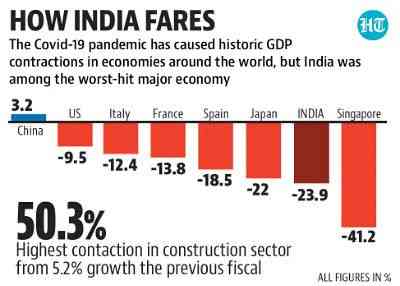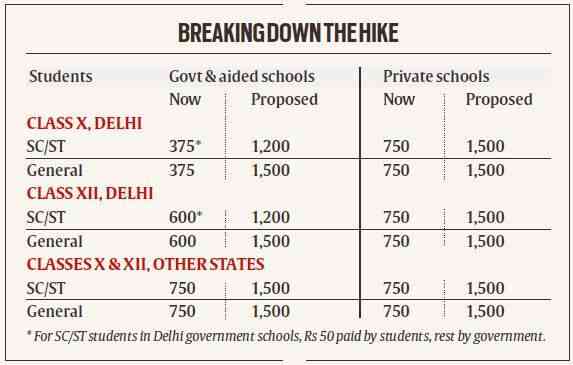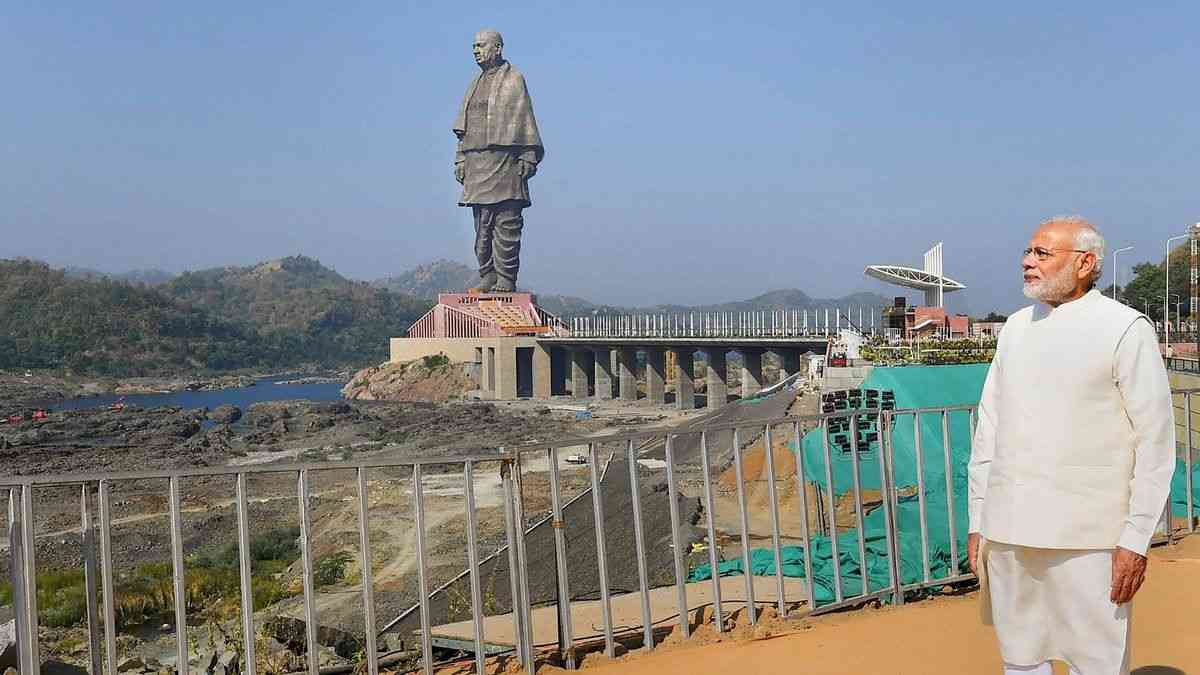The Backdrop
India is comprised of a large section of low and middle–income populations! The PPP of India is mainly backed by the corporate contribution to the country's GDP. Hereby, the Indians, i.e., moderate and below poverty line population is not having that much purchasing power as per the statistics issued by the elite world organizations due to the weakness of the averages in statistics! Young students from the mentioned economic class take formal education from the government, government-aided, and private schools. All these schools have a shallow fee structure that is affordable, so students are attracted to them. Also, even in the private schools' system, the Government intervention has ensured low fees for such students in lieu of subsidized land allotted to these private institutions! This number is around 30% of the total school strength. One can only imagine the total number of such students who are getting benefits from this fee structure. (article continues below)

The Scenario
The total number of the government schools in India are 1102783, Government Aided schools are 83787, whereas the number of private unaided schools in India are 335776 that in whole makes it up to 1522346 schools in India (source: https://www.mhrd.gov.in/sites/upload_files/mhrd/files/statistics-new/ESAG-2018.pdf). The total number of enrollments in the school right from class 1st to class 12th is 25368000. Among the above mentioned number, I believe at least 60% of students belong to the middle–income or below groups! Thus, the economics of the cost of going to school plays an integral role in it.

The picture above clearly shows that the fee being increased from Rs. 375 for class 10th to Rs. 1500 for Government Aided and Government schools, i.e., 4 times rise! And for class 12th, it has increased from Rs. 600 to Rs. 1500 i.e., more than double! The poor students who constitute almost 10 million cannot afford this increase and that too in the times of the COVID–19 pandemic!
These families are already living at subsistence levels finding it hard to break free from this spiral of poverty by educating their kids. This fee increase is like a speed breaker to this dream, as the increased fee is not the only evil. The cost of material for studies is also getting expensive! The rate of absenteeism was already high in these aided and government schools (leaving Kendriya Vidyalaya’s and Navodaya Vidyalaya’s). The GoI is using incentives as positive stimuli for such families to send their kids to study.

These kids are not able to take their classes as other kids during this COVID - 19 because of economic constraints w.r.t. virtual classes! The technology used in this system is expensive for them.
This sharp hike in the fee structure announced by the apex body for school governance shall hit the nail regarding educating these poor kids! This hike will add to the financial turmoil at their end due to inflation in the retail market i.e., CPI-based inflation. Even at some good schools, the middle–income group families find it difficult to pay the fees as a lot of people have lost their jobs or are facing pay cuts. Their budgets had already been so tightened up and with this hike in cost, it will further add to the chaos to their troubles.

This COVID – 19 does not seem to go away that soon and with the further delay in the economic activities in the country, it will only add to the financial issues to the lives of the middle–income and lower-income group families. This is also on account that these families are rearing more than 1 child! So, let’s say with 2 kids, this increase may force 1 of the siblings to give up education in the long run or defer the education for at least 2 years with the assumption of Ceteris Paribus.
It has also been observed that the CBSE is minting money in the form of coercion on teachers, where these school teachers are forced to undergo at least 25 workshop's in the name of FDP! the cost of each FDP is on an average Rs. 100, so if one school on an average has 200 teachers, that means 5000 FDP's attended, this means half a million INR and that too from one school! As in the opening note, the stats showed that 1522346 schools mean the revenue generated from these FDP's is Rs. 3,805,865,000 or 3.8 Billion INR. So, when CBSE has earned such a huge amount of money in the name of FDP's, then, Is this hike in fee really rational?
The Endnote
The apex does not have a paucity of funds at their disposal, as they are funded by the federal government. In times of such severity, they must cut down their own unproductive or less productive expenditure or at least defer them so that the rising cost, if any, can be met! In the past where it has been observed that how the senior officials misuse the funds of the apex body to fund their luxury by taking families along with them to international and national conferences etc. In such a scenario, rather than cutting down one own expensive, you are increasing fee and that too of the schools where it is an established fact that only low and middle–income group families kids come to study sounds irrational!
On the one hand, the government announces scheme(s) to encourage enrollments in the schools and on the other hand, the fee is increased. This is an absolute example of irony in regard to education upliftment at the school level in the country that is focused and dedicated to yield the high population dividends in the future by "way of skilled India" kind of concepts!
Editors Pick:




